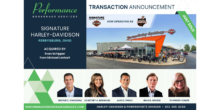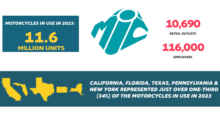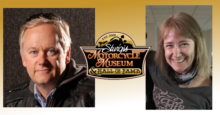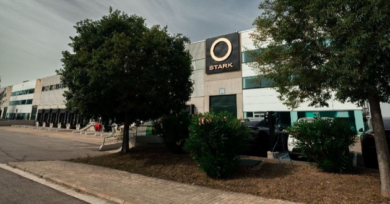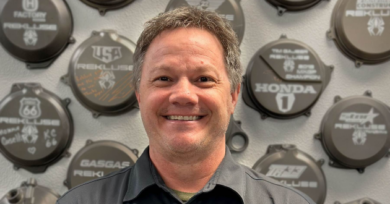Feb. 10, 2003 – Making big money off the little O-Ring
It’s an O-Ring. About as low as you can go on the mechanical food chain. Only the flat washer is lower. And most of us never even think about them. But in a quick glance at the most active parts in 2002, part number 11105 caught my eye.
The Gross Margin Biggies were all there: Oils, filters, batteries, t-shirts, the usual. But there, just below the top tier of glamour parts, among the Big V-Twin numbers, number 11105 just couldn’t be ignored: Total sales of 36,556 pieces. Total gross margin contribution of $16,755.
Wait. Let’s say that again. Total piece sales of 36,556. Except for some oils, this was the largest number of piece sales for any part or accessory from this group among our surveyed dealers. It ranked #3!
And the Total Gross Margin wasn’t too bad either, ranking 101st out of thousands of part numbers available to be sold.
Here’s how it works
During 2002, we gathered point of sale information every month from dealers around the country. For parts, over 2 million parts counter invoices were collected and are the source for this study. We summed up all sales for all part numbers, looked at the quantity sold, the cost, and the selling price on each invoice, and ranked them all. That is when number 11105 surfaced.
While it is interesting that such a common part found its way to the top of the charts, it is even more intriguing to analyze the way it has been sold. The part costs 10 cents, and we broke the selling prices into the following ranges: 10 cents to 20 cents; 20 cents; 21 cents to 49 cents; 50 cents to 94 cents, and 95 cents to $1.00
The accompanying chart shows the relationship between pieces sold (the blue line), and margin generated (red bars) at the different price breaks. It is quickly apparent that some dealers are making a lot more money on our O-Ring friend than are others.
Some 12,297 O-Rings were sold at MSRP, or 20 cents. This yielded a total gross margin to those dealers of $1,230. However, other dealers priced this same product between 95 cents and $1, they sold 12,856 of them, and they took home $11,154 in margin!
Same product. Different attitude. Perhaps Duane Spader, industry consultant from Sioux Falls, South Dakota, put it best when he said, “Sales are the result of marketing. But Margin is the result of attitude.”
It appears that O-Rings are inelastic. Economists tell us that elastic products such as steak, sell more when the price is lowered, and less as the price is raised. Inelastic products, salt is a good example here, sell the same quantity regardless of price (high or low), because the need for the product does not vary. O-Rings are the perfect example of inelasticity. Riders don’t buy them when they don’t need them, and they pay whatever is needed when their bike is laying in pieces on the shop floor.
Almost. In our study, we saw one dealer who charged $2.20 for this O-Ring. He sold exactly one. While one of the tenets of retailing is to maximize the margin on each item we sell, I’m guessing that after reviewing his bill, that customer is now sitting in some other shop’s coffee bar waiting area.
This was foreseen over 200 years ago by Adam Smith, a Scottish professor of economics, as he wrote his 1776 classic The Wealth of Nations. Smith said that the “invisible hand” of competition would keep prices under control without government interference.
In this case, the “invisible hand” is converted into very visible feet — and the customer used them to find another dealer who was not charging so much for parts. Result: Invisible Hand price control over too-aggressive merchants. They simply go out of business because people will not come back a second time.
O-Rings are just one example of small parts that, because of high volume, have a measurable impact on the bottom line.
Most computer programs today provide a pricing matrix that can set a minimum retail-selling price, and also move calculated retail prices up to a rounded amount. My studies show that these two mechanisms can add as much as $8,000 per year in margin to the average dealership.
So what is the lesson from the lowly O-Ring? The lesson is: Small things count, and the dealer who pays attention to them will be rewarded.
Goods can and should be priced based on the value perceived by the buyer, not simply based on our cost. Too much profit? We’ll let Adam Smith’s “invisible hand” whisper in our ear on that one.
Remember. There are three kinds of dealers: those who make things happen; those who things happen to; and those who wonder, “What happened?”
Go count your O-Rings. Put them in your very visible hands, and let them speak to you.
Hal Ethington is an analyst for ProQuest, the

producer of Lightspeed, a leading dealer management system.

